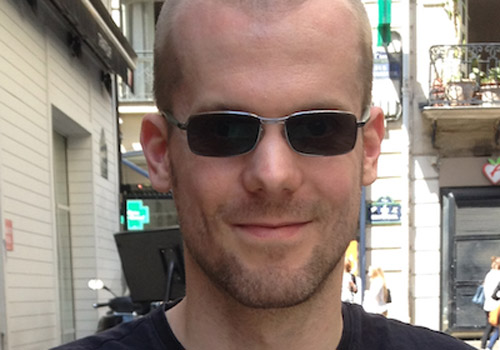This talk covers the basics of organization design beyond the Spotify model using Team Topologies, exploring a selection of key team types, and how and when to use them in order to make the development and operation of your software systems as effective as possible. The talk is based on the forthcoming 2019 book Team Topologies and first-hand experience helping companies around the world with the design of their technology teams.
Key takeaways:
1. Why using the Spotify model of team design is not enough
2. The four fundamental team topologies needed for modern software delivery
3. The three team interaction modes that enable fast flow and rapid learning
4. How to address Conway’s Law, cognitive load, and team evolution with Team Topologies
 Matthew Skelton has been building, deploying, and operating commercial software systems since 1998. Head of Consulting at Conflux (confluxdigital.net), he specialises in Continuous Delivery, operability, and organisation design for software in manufacturing, ecommerce, and online services, including cloud, IoT, and embedded software.
Matthew Skelton has been building, deploying, and operating commercial software systems since 1998. Head of Consulting at Conflux (confluxdigital.net), he specialises in Continuous Delivery, operability, and organisation design for software in manufacturing, ecommerce, and online services, including cloud, IoT, and embedded software.
Recognised by TechBeacon in 2018 as one of the top 100 people to follow in DevOps, Matthew curates the well-known DevOps team topologies patterns at devopstopologies.com and is co-author of the books “Continuous Delivery with Windows and .NET” (O’Reilly, 2016) and “Team Guide to Software Operability” (Skelton Thatcher Publications, 2016). He is also co-founder at Skelton Thatcher Publications (skeltonthatcher.com), a specialist publisher of techniques for software teams.
The post Beyond the Spotify model: using team topologies for fast flow and organization evolution appeared first on JAXenter.
Source : JAXenter


















